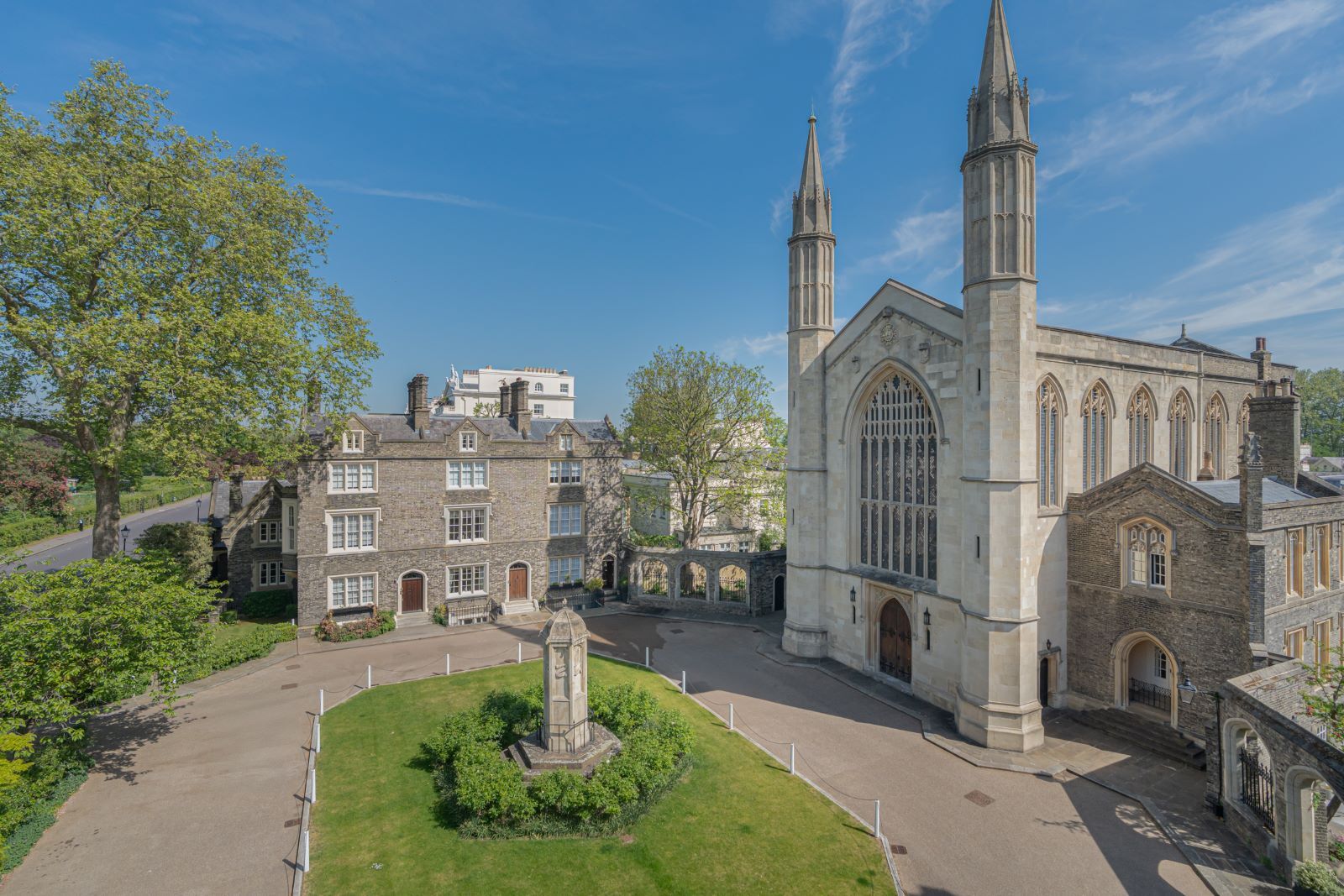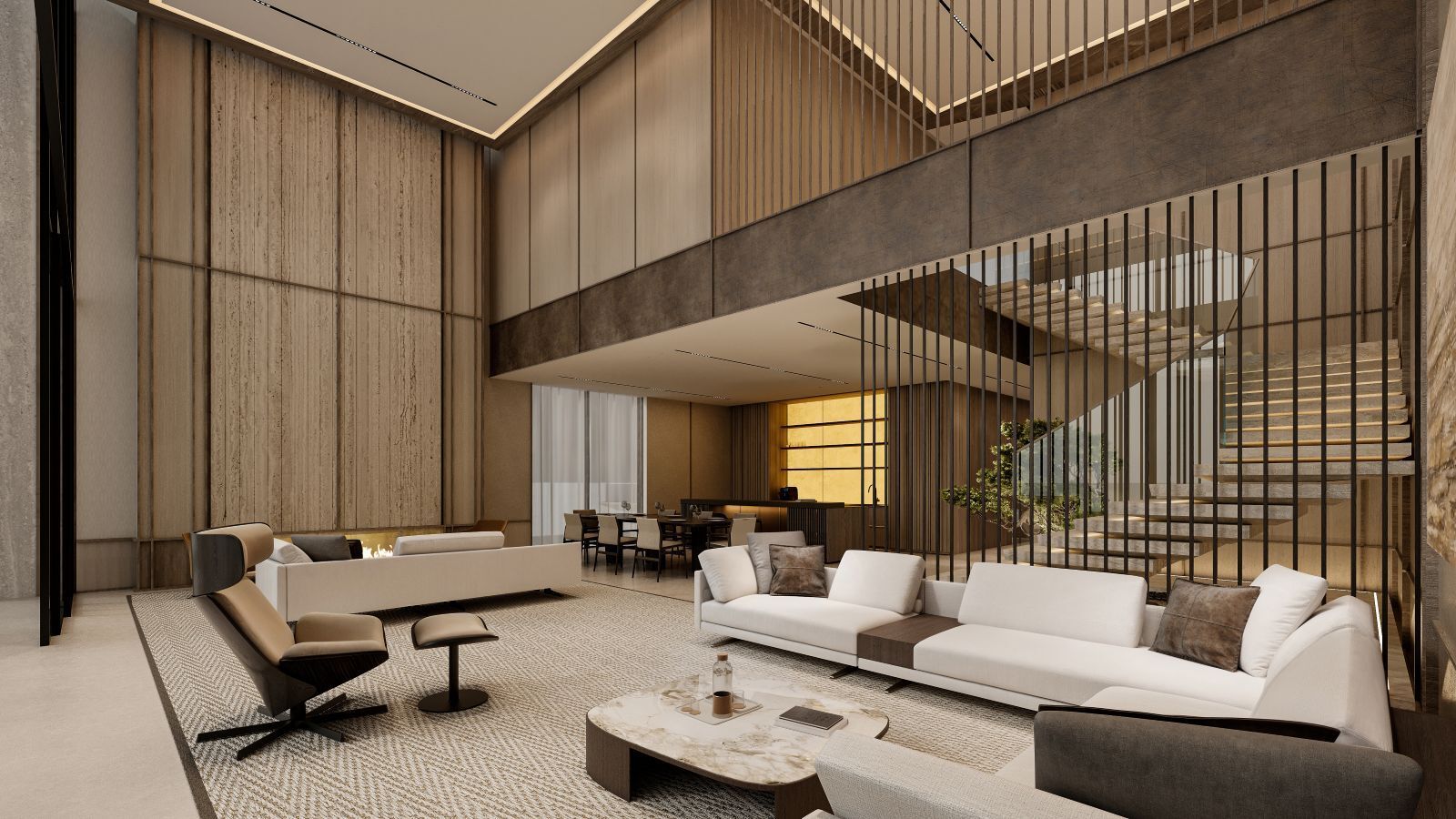A Deep Dive Into The Building Cost of Burj Khalifa
Dubai's skyline is an epitome of modern architectural marvels, with the Burj Khalifa standing tall as the crown jewel. As the world's tallest building, it's natural to wonder about the sheer magnitude of resources and funds poured into its construction. In this comprehensive exploration, we'll delve into the intricate details behind the creation of this iconic skyscraper, and answer the most common questions, like how tall is it, how many floors it has and more importantly the building cost of Burj Khalifa, uncovering the staggering costs involved in bringing this engineering marvel to life.
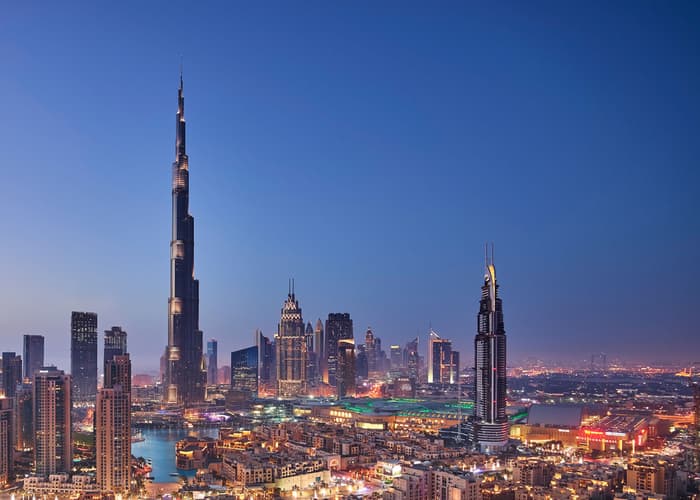
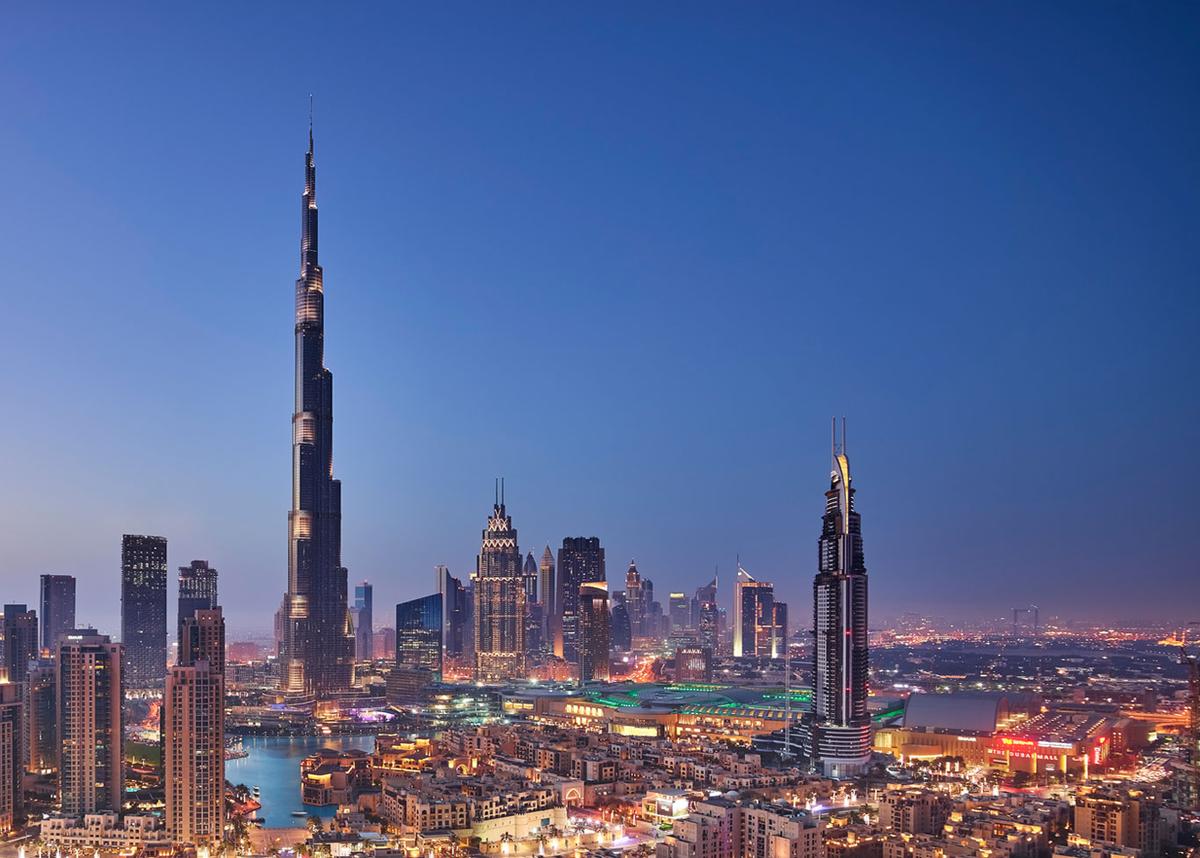
How Much Does Burj Khalifa Cost
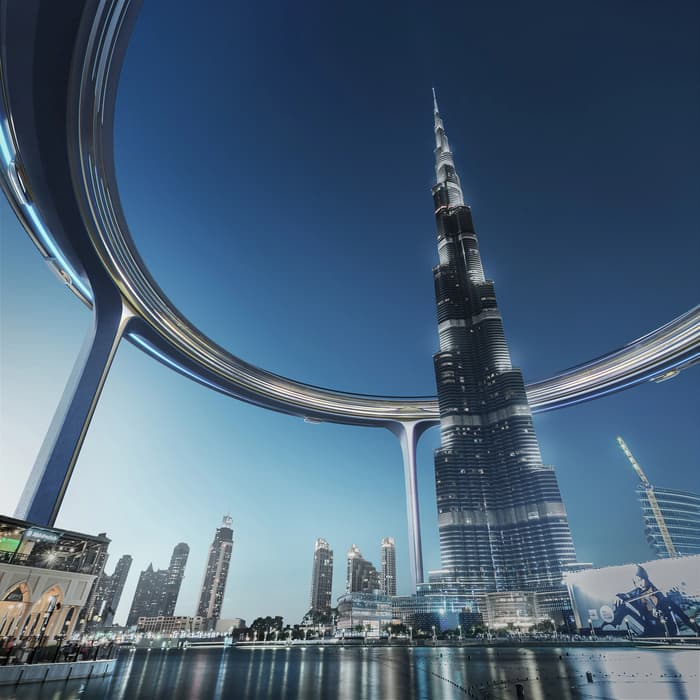
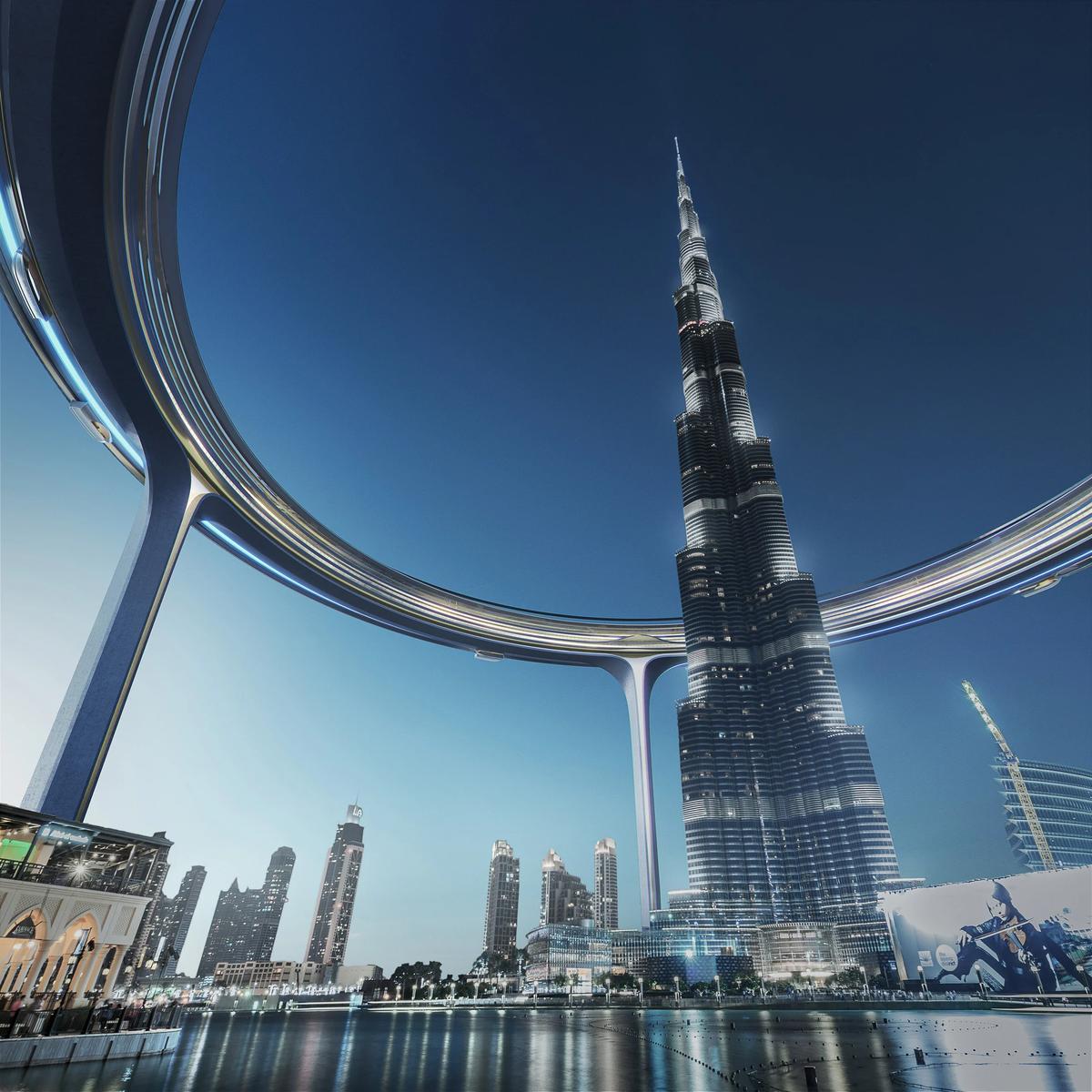
Understanding the Ambitious Vision
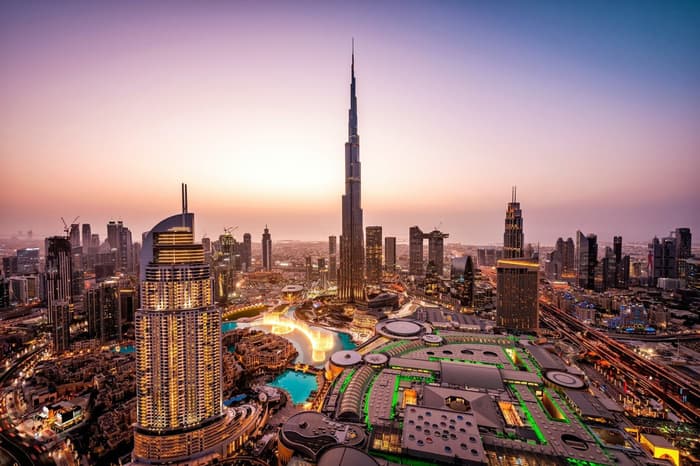
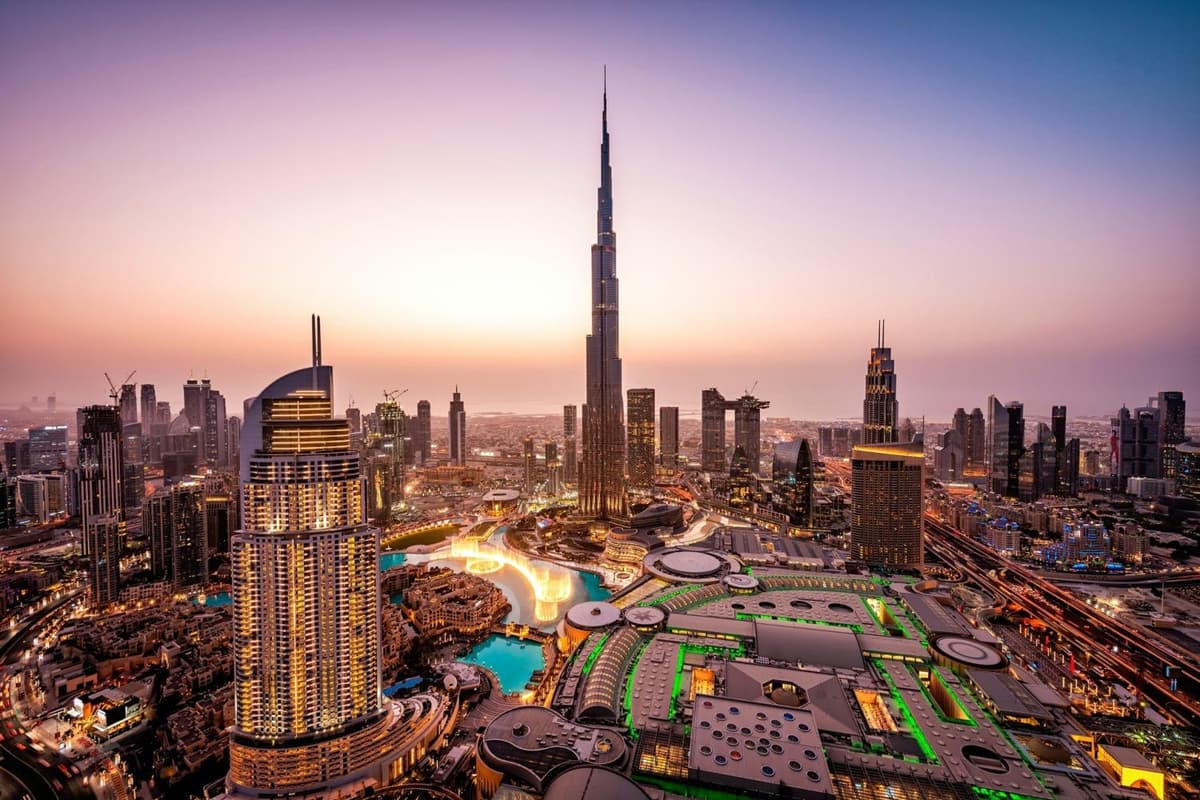
A Monumental Undertaking: Construction Overview
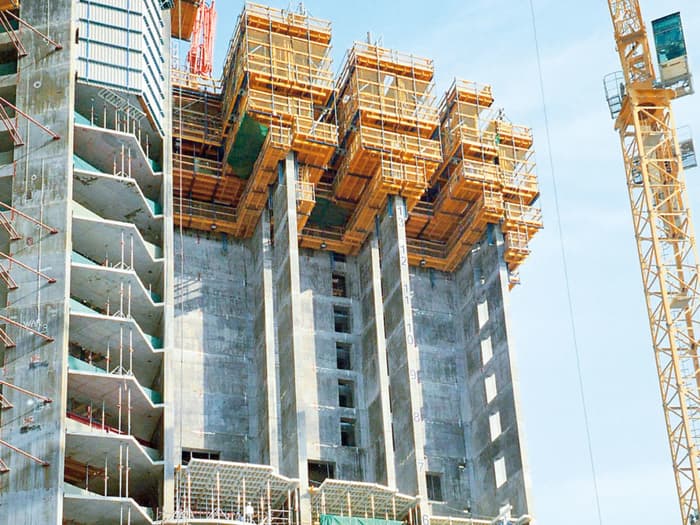
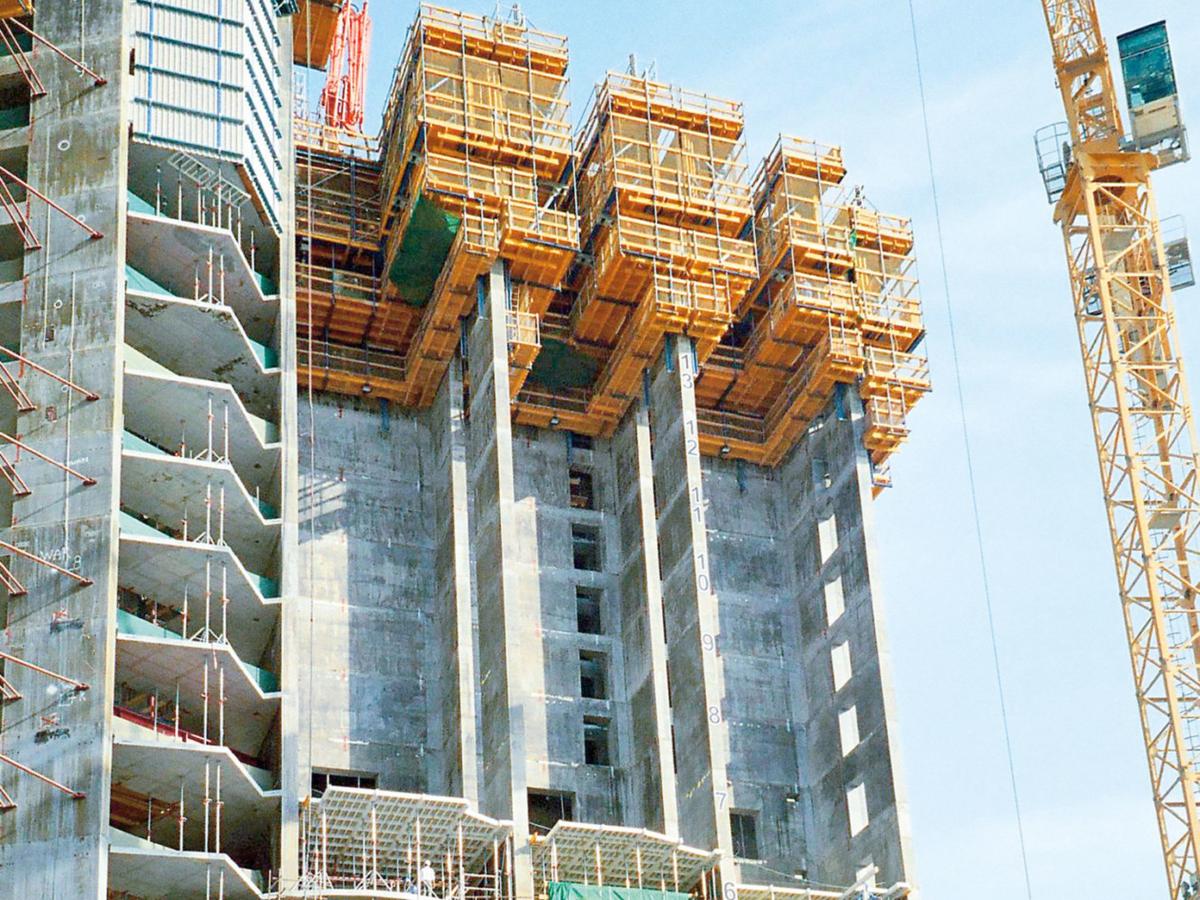
Design and Engineering
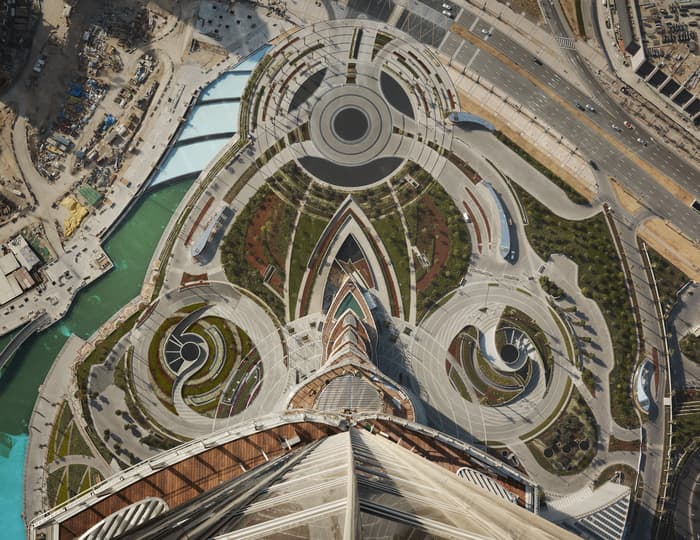
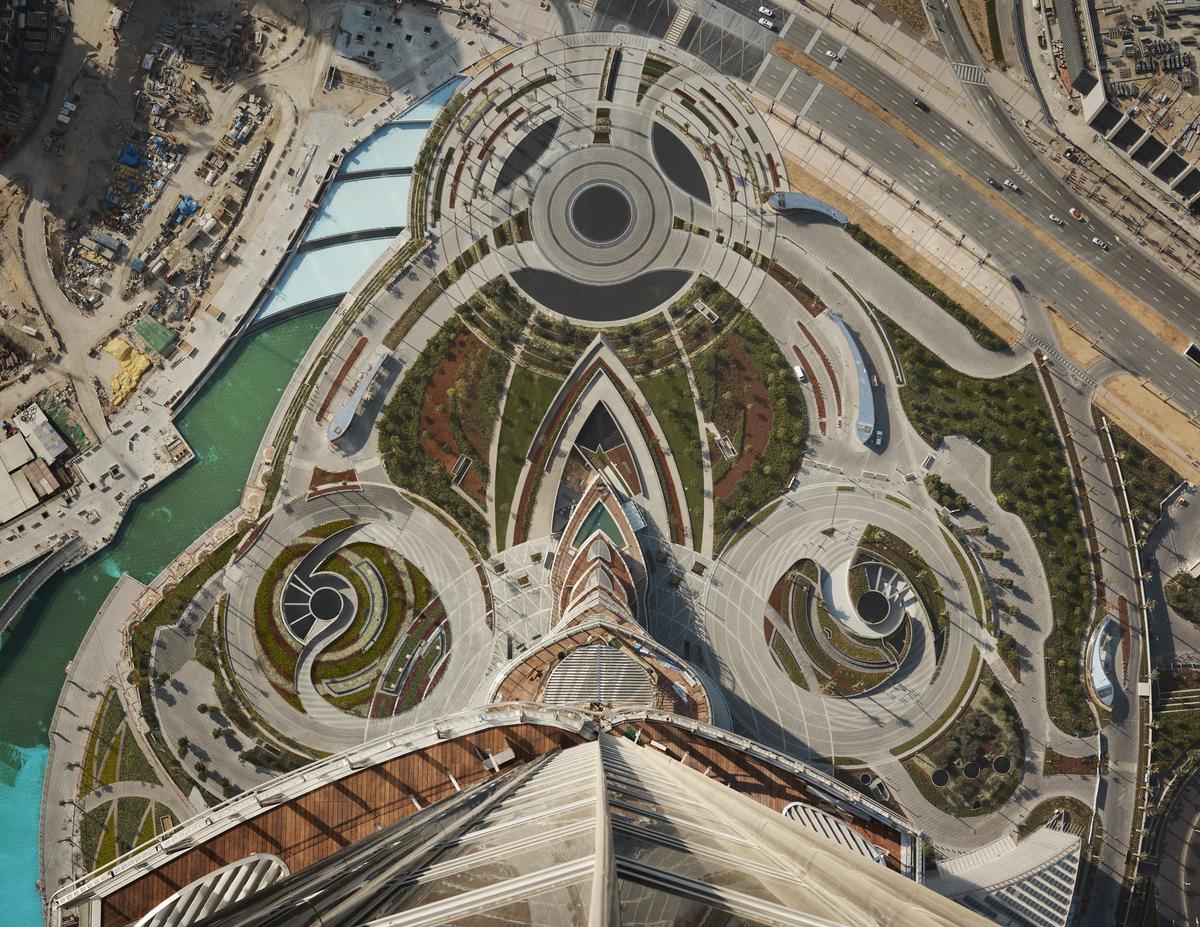
Foundation and Structure
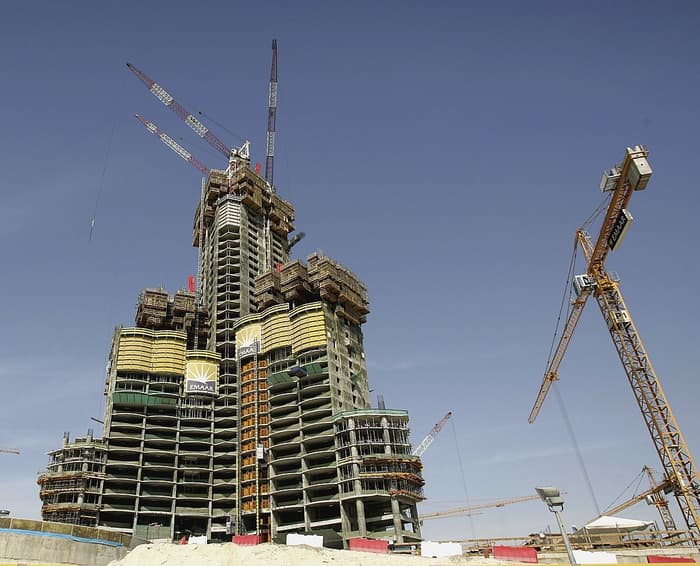
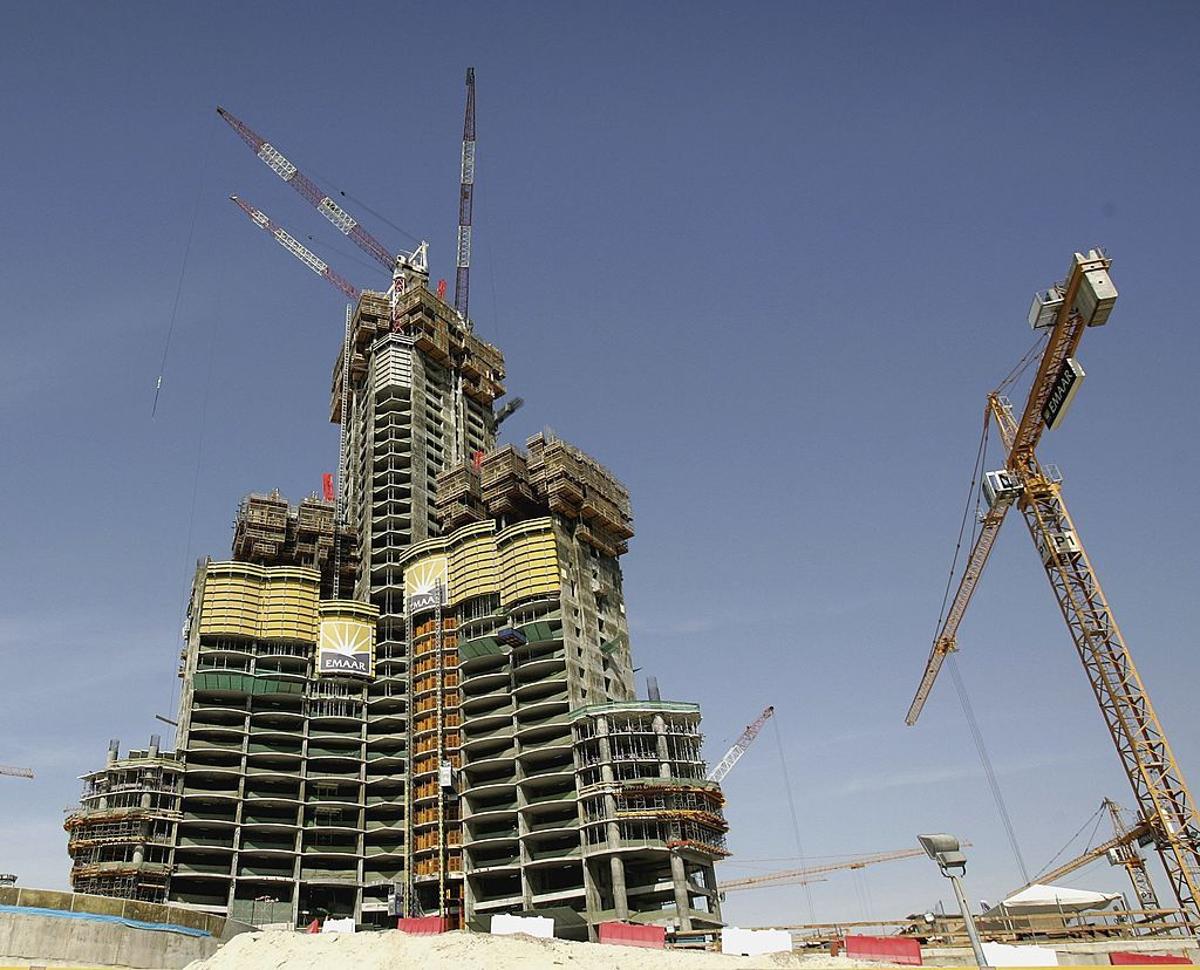
Materials and Labor
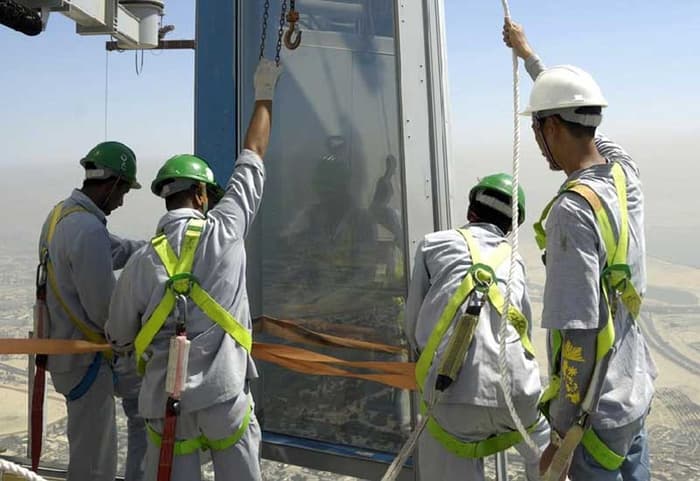
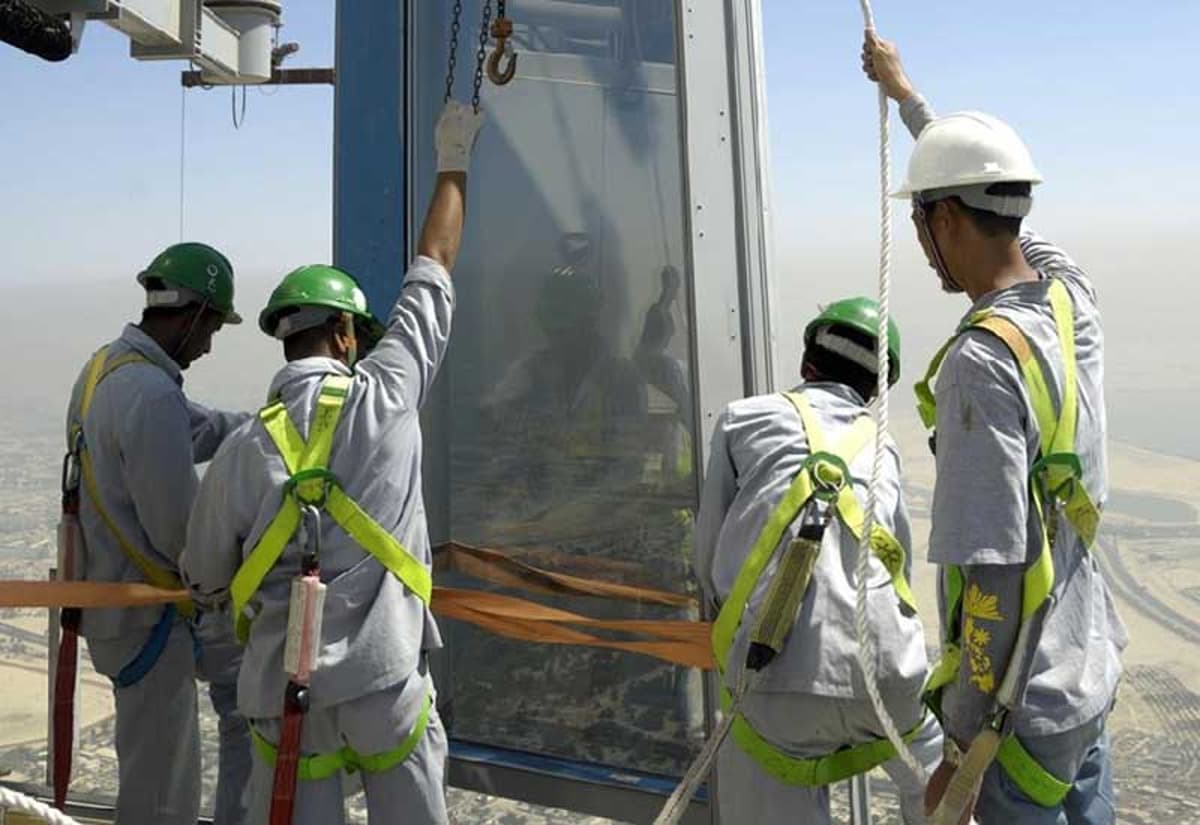
Financial Breakdown: Counting the Costs
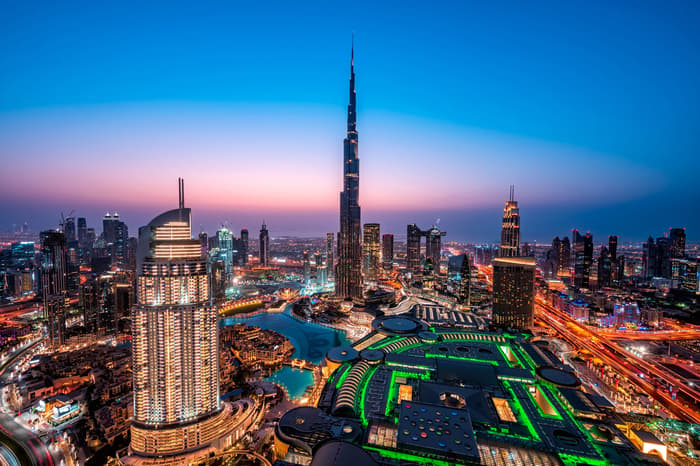
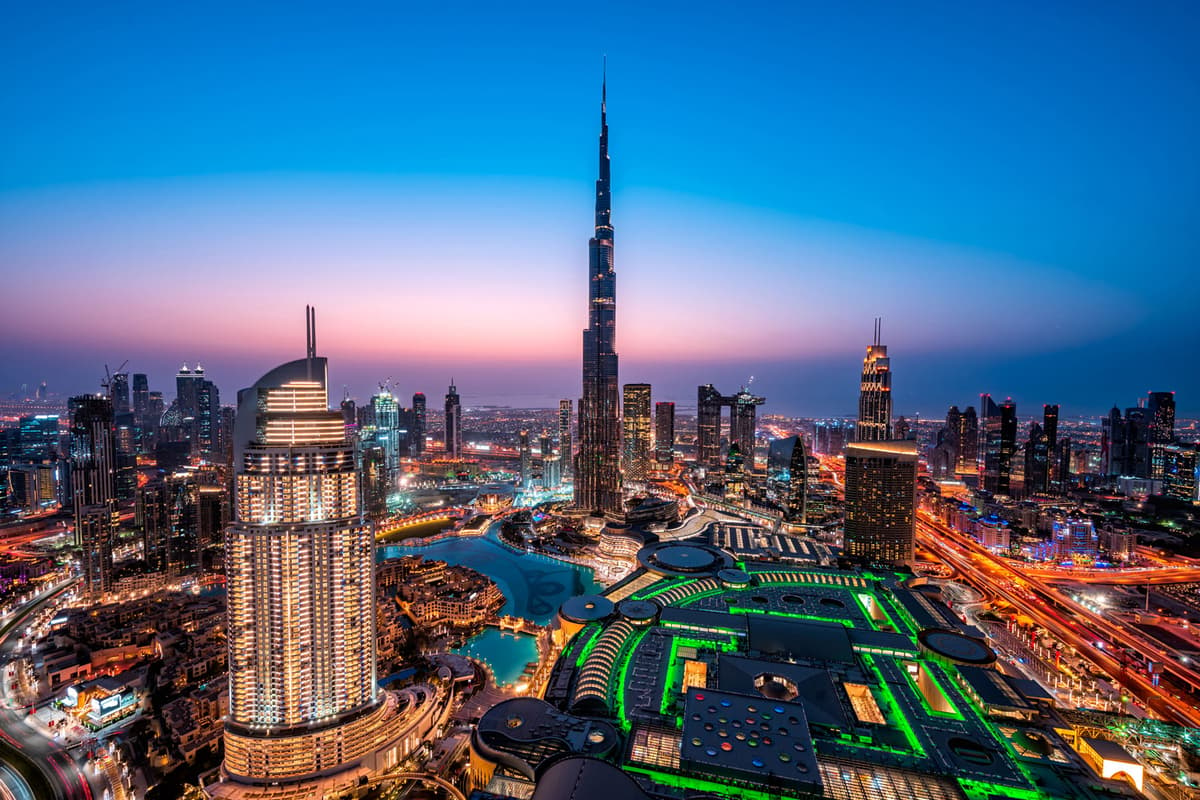
Legacy and Economic Impact
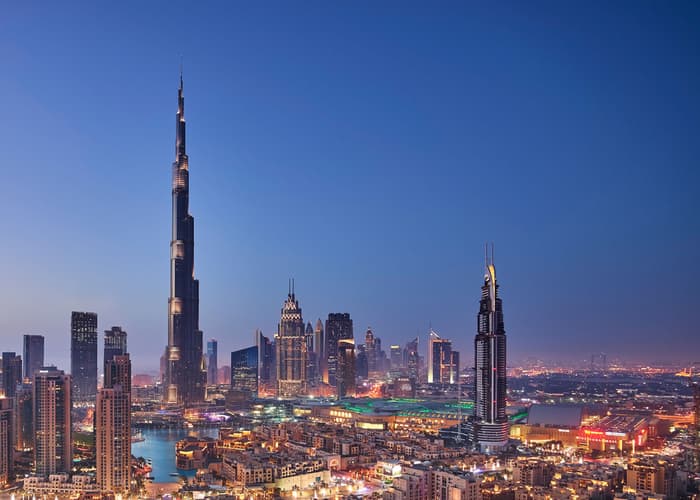
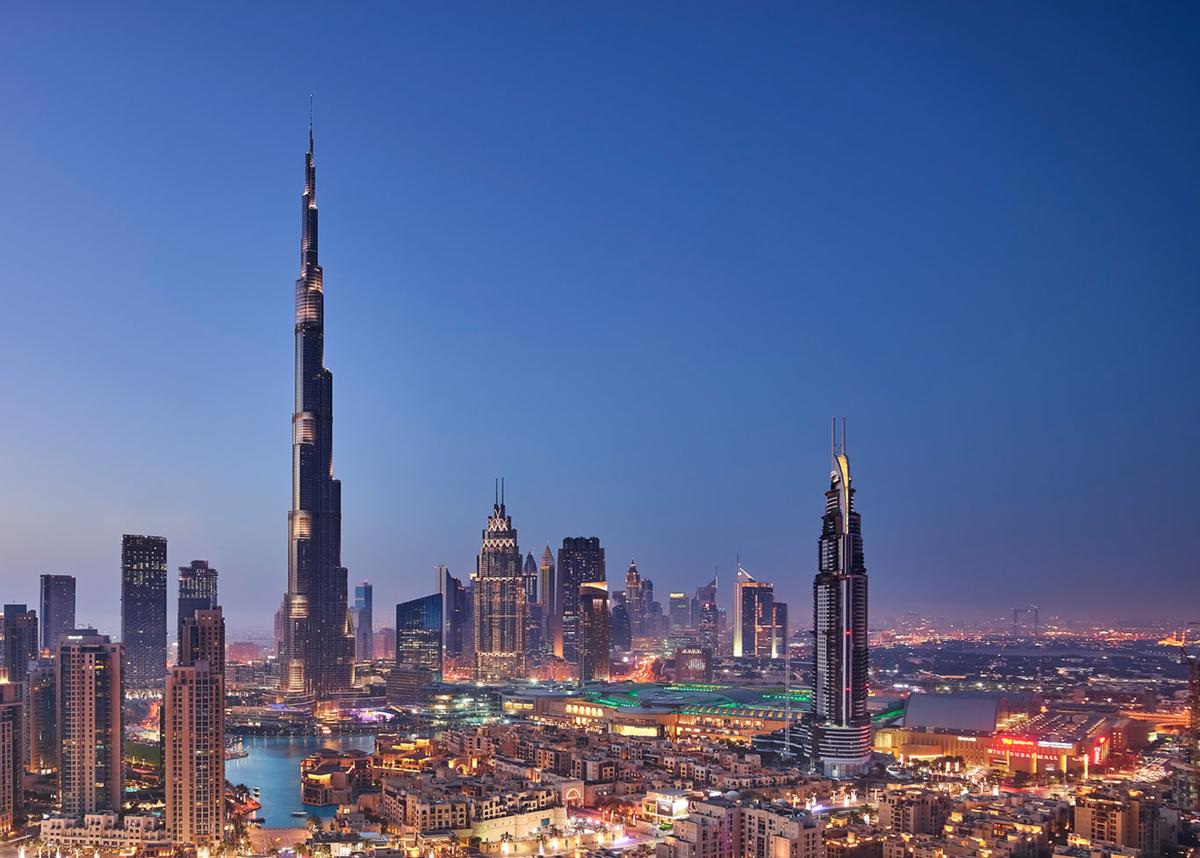
Interesting Facts About The Burj Khalifa
There are a total of 2,909 stairs from the ground floor to the 160th floor.
The structure features a total of 24,348 windows, requiring 36 workers three to four months to clean the entire exterior.
Unmanned machines handle the cleaning of the top 27 additional tiers and the glass spire, using a system developed in Melbourne, Australia, by CoxGomyl for the Burj Khalifa at a cost of $8 million.
During low tide and clear visibility conditions, individuals atop the skyscraper can see the shores of Iran, approximately 153 km (95 mi) away.
On higher floors, the sun remains visible for several minutes after setting at ground level, influencing the timing of Ramadan fast-breaking; those above the 80th floor wait two extra minutes, and those above the 150th floor wait three minutes.
Occupying 15 of the lower 39 floors, a 304-room Armani Hotel, the first of four Hotels by Armani, which is also one of the most expensive hotels in Dubai.
A study by the Council on Tall Buildings and Urban Habitat notes that the empty spire atop the building "could be a skyscraper on its own," potentially ranking as the 11th tallest building in Europe if situated there.
The Burj Khalifa is visible from a distance of up to 60 miles, a testament to its massive size.
To maintain secrecy and mislead competitors, the final height of the skyscraper was initially undisclosed, with rumours circulating that the summit would reach 2,683.73 feet, over 32.80 feet lower than its actual height.
Apart from being the tallest building in the world since 2009, the Burj Khalifa holds over 8 Guinness World Records, including the most floors in a building, tallest structure ever built, tallest free-standing structure, highest residential apartments, highest restaurant from ground level (At.mosphere), and tallest elevator in a building.
